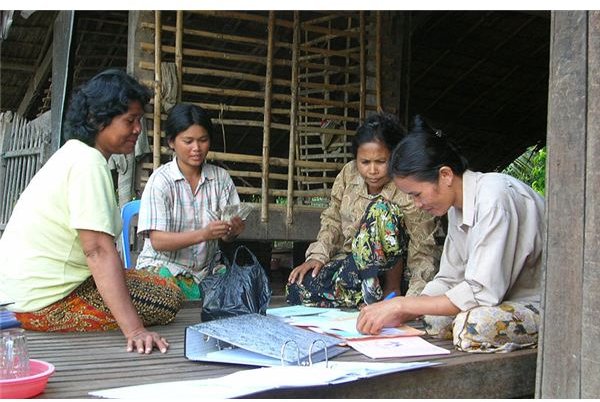Basics of Microfinancing: Investing in Developing Countries
How Do You Start a Microfinancing Institution?
What is microfinancing? Microfinancing has been around for years, dating back to at least the 1800s. The concept traditionally has usually been a non-profit option in which investors will make small loans to an entrepreneur in poverty zones in an effort to stimulate economic growth in the area. This money can be used to start a business or develop a project that will raise the status of the person or community. The money is then repaid.
However, in recent years, this concept has been adapted to provide a financial return for investors. Usually this return is anywhere from one to six percent depending on the time frame and size of the investment. A variety of peer-to-peer online investment options have risen that allow an investor to pick a project and follow it to its conclusion. Microfinancing and poverty are linked and the system allows people to make investments into a struggling society.
For example, microfinancing in Indonesia allows an entrepreneur to find a person with the need for a small clothing store in his or her village. In order to open the store, the person only needs $3000. Unfortunately, this person does not qualify for a bank loan. By using a microfinance company, he or she can get the money from a variety of donors. Once the $3000 is secured, the person opens up his or her shop and begins repaying the loan with a small amount of interest. Now, the community has benefited from the new retail establishment and the liquidity of money flow. The investor who made the loan has gained a small percentage of profit.
Above right: Community-based bank in Cambodia. (Supplied by Brett Matthews at Wikimedia Commons; Creative Commons; https://upload.wikimedia.org/wikipedia/commons/f/f8/Community-based_savings_bank_in_Cambodia.jpg)
Advantages to Microfinancing
While this is not necessarily the best way to get rich, it provides an investor with three primary advantages to other forms of investing. First, it offers diversification. Instead of investing into an international mutual fund, the investor is taking stock in a start-up company with essentially unlimited potential. This means that if a person wants to reinvest his or her finances, the profit margin could be even greater than before. Second, the amount of capital needed to make these investments is generally small. Many companies let investors put as little as $25 into the account. By leveraging a large amount of investors at low amounts helps the chances of the business succeeding. In addition, the investor only has to make a small commitment if desired. Lastly, this is socially-responsible investing at its finest. While the return may not be as large as other investment options, the fact that the financing of a business in the developing world will help stimulate the local economy is both morally rewarding and potentially life-changing for a community.
Drawbacks of Microfinancing
Some of the drawbacks with this form of investing come in the form of risk. According to a number of analysts, only 97 percent of the money that is loaned out is actually repaid. This means that an investment may actually end up a loss. However, this is no different than any other financial market. Also, a number of the companies operating in this field use a flat rate calculation method to determine the interest rate to the borrowers. This is highly different from the true amount of return as determined by an Annual Percentage Rate.
Resources
Kiva (https://www.kiva.org/)
Microfinance Gateway (https://www.microfinancegateway.org/p/site/m/)
